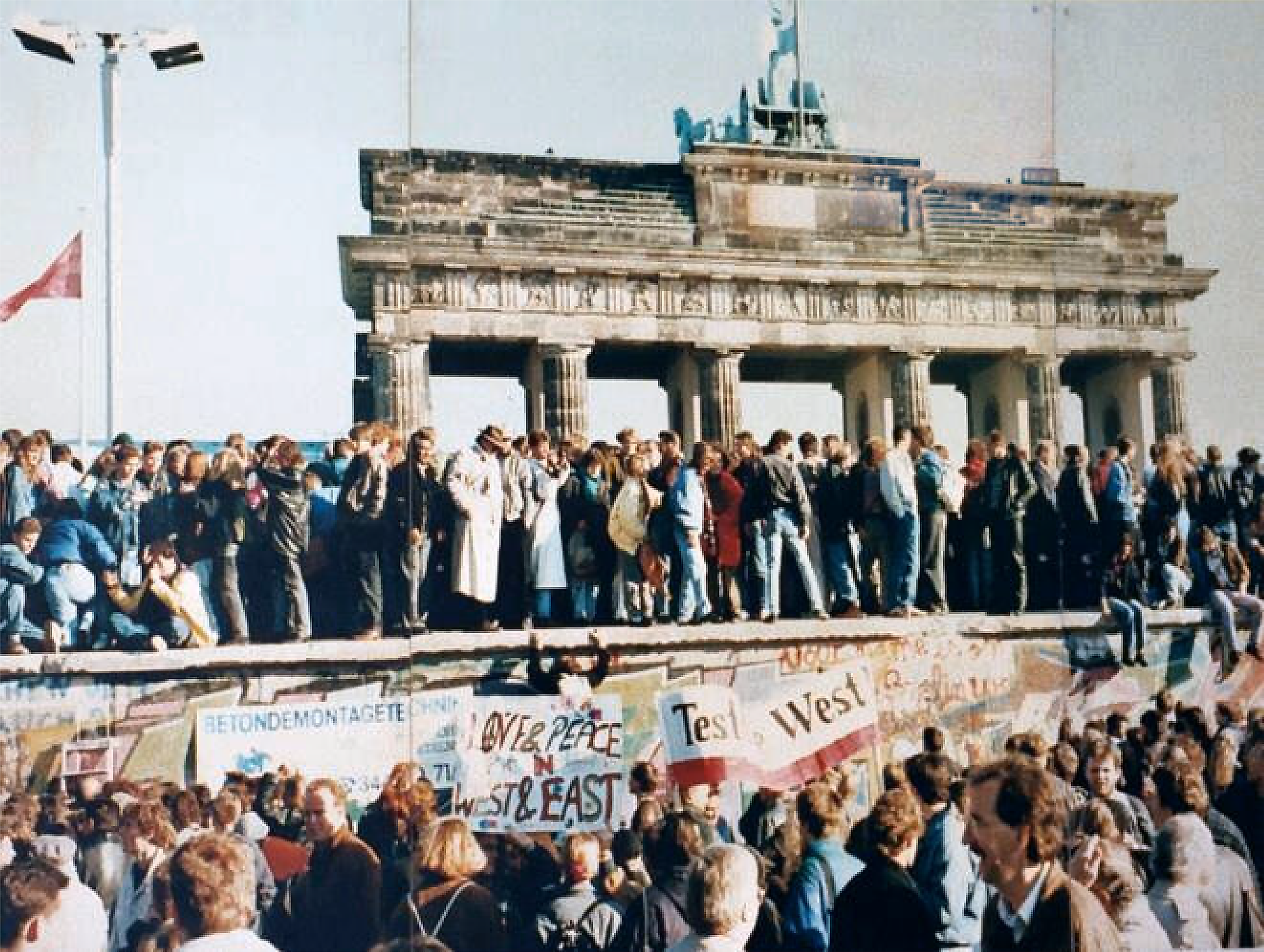
The Fall Of Communism And The Revolutions Of 1989
The year 1989 was a monumental year in world history. After about half a century of competition, free-market economics won the battle between capitalism and communism. This shift was accompanied and primarily caused by the revolutions of that year. Fed up with being under Soviet domination, people across the Eastern Bloc and the Soviet Union (USSR) itself joined together to topple the communist regimes in their respective countries. The story of these revolutions is fascinating. Moreover, the impact of these events can still be felt today.
Early Protests
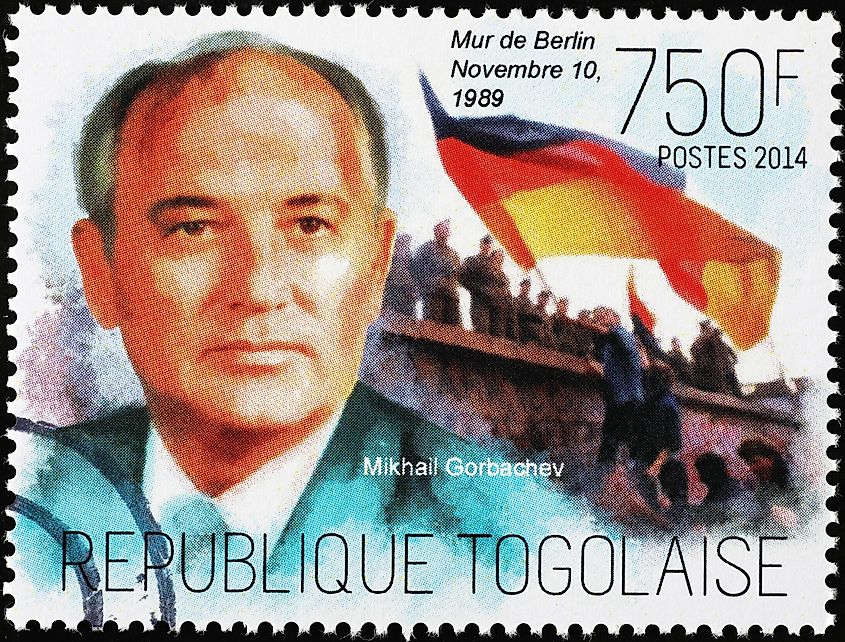
In March 1985, Mikhail Gorbachev became General Secretary of the USSR. Desperate to fix the potentially fatal flaws in the Soviet system, he enacted two main policies. Perestroika (economic restructuring) entailed opening the Soviet economy to limited forms of free enterprise. Therefore, some private medical clinics began to pop up, and foreign businesses were allowed behind the Iron Curtain. On the other hand, glasnost (openness) encouraged constructive criticism of the Soviet system with the hopes of providing solutions to the USSR's problems.
Jailed critics of the government were thus released and previously banned literature like 1984 was printed in Russian for the first time. Crucially, Gorbachev did not want anything resembling freedom of speech. Indeed, the government tried to cover up the 1986 Chernobyl Disaster. However, Soviet citizens eventually discovered what had happened, leading to mass protests.
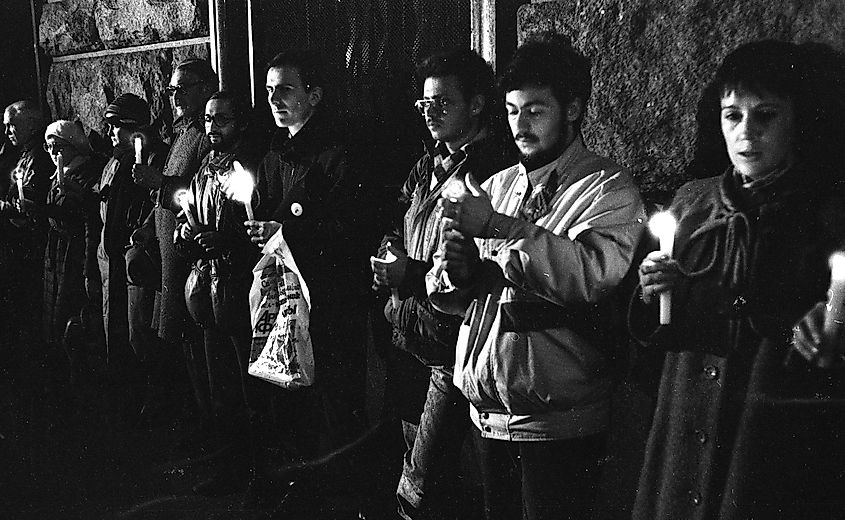
Encouraged by the promises of glasnost, these demonstrations soon snowballed into general protests about the USSR's past wrongdoings. For instance, 1988 saw demonstrations demanding that monuments be erected for victims of Stalinist terror. Around the same time, coal miners in Ukraine went on strike. This display was genuinely damning, as these workers were the types of people the Soviet system supposedly championed.
The Fall Of Communism In Poland And Hungary
By late 1988 to early 1989, the protests were revolutionary in nature and had spread throughout the entire Soviet Union and Eastern Bloc. For example, in Poland, mass strikes were encouraged by the anti-authoritarian independent trade union and political party Solidarity. Then, following Gorbachev's December 1988 announcement that the USSR could no longer defend its allies, Solidarity began conversations with the Polish government about opening up the political process. Thereafter, the first free elections took place in June 1989, in which Solidarity won a resounding victory. The Polish Communist Party (Polish United Workers' Party) dissolved itself months later, marking the end of communist rule in Poland.
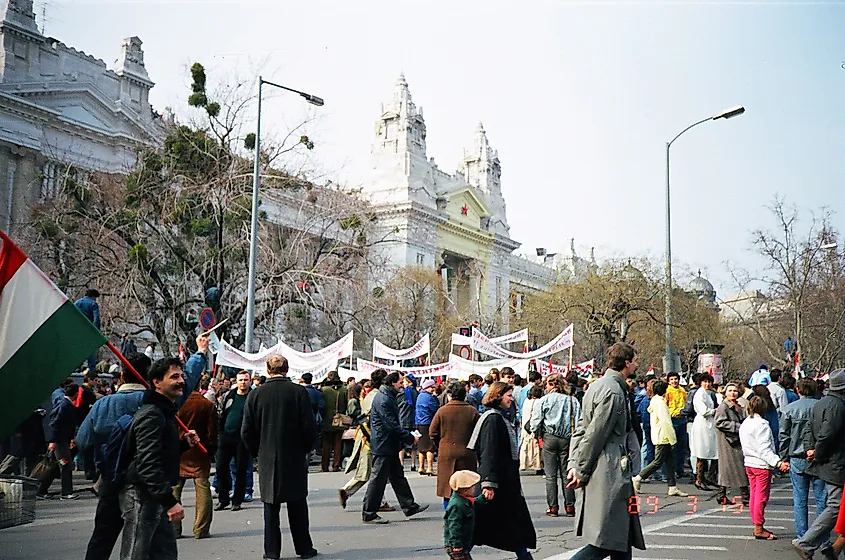
The fall of communism in Poland paved the way for revolutions elsewhere. For instance, major reforms occurred in Hungary in January 1989, when the government passed laws guaranteeing freedom of association, assembly, and the press. This was accompanied by, and perhaps the result of, mass protests against the Hungarian communist regime. Then, in May 1989, the government began to remove the 149-mile border fence with Austria. In September, a new constitution was established that created the basis for a pluralistic democracy. Finally, in October 1989, the Hungarian Communist Party re-established itself as the Hungarian Socialist Party. Free elections were held the next year, in which center-right and center-left parties received the majority of the vote.
The Fall Of The Berlin Wall
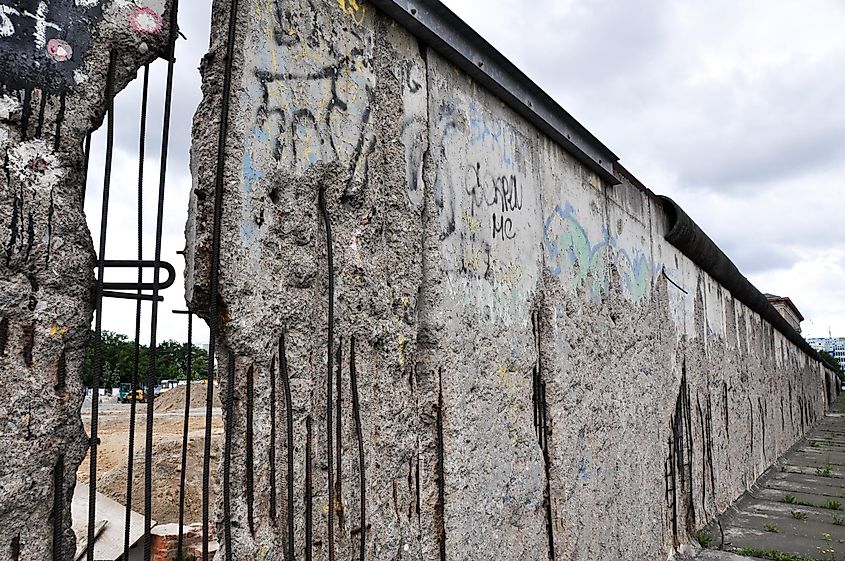
Perhaps the most famous revolution of 1989 occurred in the German Democratic Republic (GDR or East Germany). Much like the rest of Eastern Europe, by the 1980s, the East German economy was stagnant and unproductive. Moreover, the Berlin Wall, constructed in 1961 to prevent people from fleeing to West Germany, had become a symbol of the Iron Curtain. However, after the Hungarian border fence was dismantled in May 1989, this provided East Germans a passage into Western Europe. But, in September of that year, after 30,000 had fled, the East German government blocked travel to Hungary. Furthermore, in response to mass demonstrations in October, police beat and arrested people.
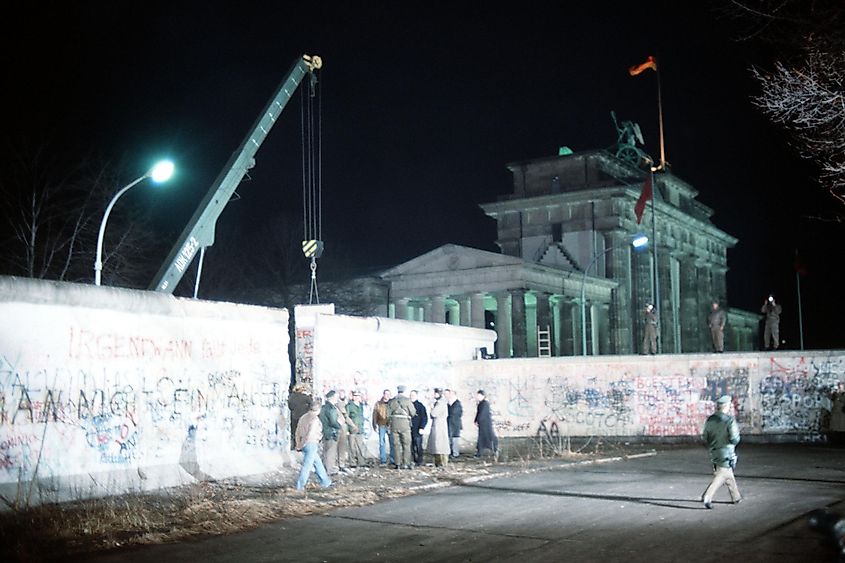
Despite these oppressive measures, the protestors refused to back down, and by November, over a million people had gathered in Berlin. Sensing that something needed to change, the government announced that limited border crossing into the West via the Berlin Wall would begin on November 9. Overwhelmed by the number of people trying to cross, border guards then opened the barrier to everyone. The fall of the Berlin Wall thereby marked the end of divisions between East and West Germany, with Germany officially reunifying on October 3, 1990. The communist party also voted itself out of existence that same year.
The Other Revolutions of 1989
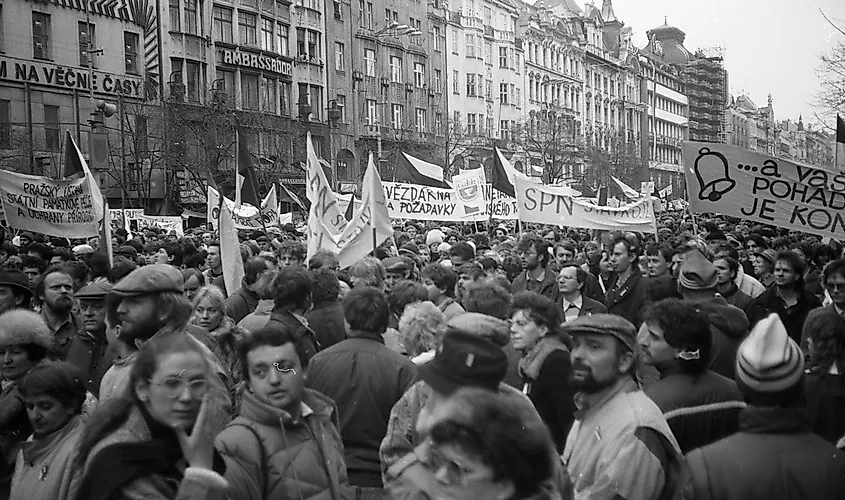
Following the Polish, Hungarian, and German revolutions, similar political upheaval occurred throughout the Soviet sphere. The Velvet Revolution in Czechoslovakia led to the end of communist rule in the country and the separation of the Czech Republic and Slovakia. Bulgaria also saw widespread peaceful protests, which led to the first free elections in 1990.
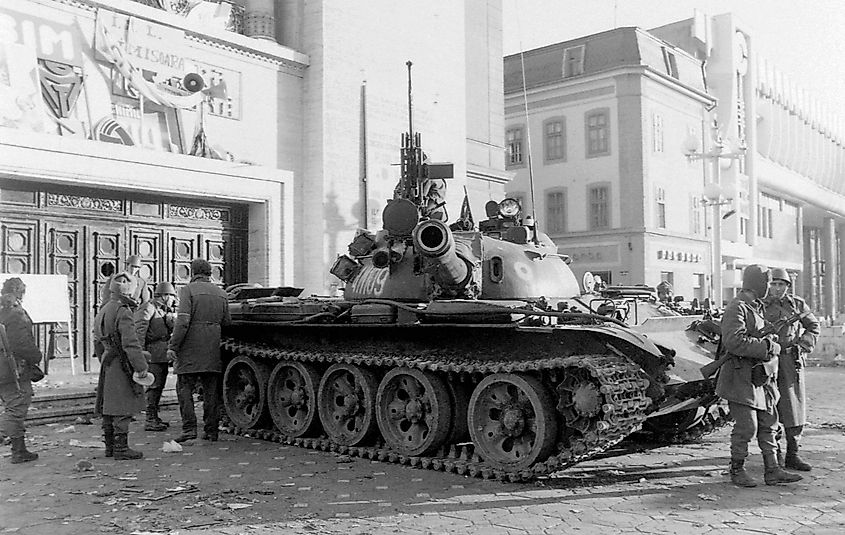
Romania was one of the few European countries that did not have a peaceful transition of power, with leader Nicolae Ceaușescu being executed by a firing squad. Crucially, these revolutions were not limited to Europe, as others occurred throughout the communist world, from Central Asia to China, to Central America, and to Africa. While not all were successful, it is important to keep these non-European revolutions (or attempted revolutions) in mind, as doing so demonstrates the sheer scale of political change that took place in 1989.
Aftermath
On December 26, 1991, the Soviet parliament voted the USSR out of existence. Since then, only a handful of countries have self-described as Communist. Thus, the continued impact of the events of 1989 is profound. Western-style capitalism is now the de facto international economic system. Furthermore, the years of the communist rule took their toll on countries throughout the former Soviet sphere, as many continue to face economic difficulties and political unrest. Due to these ramifications, the revolutions of 1989 still have relevance today.











